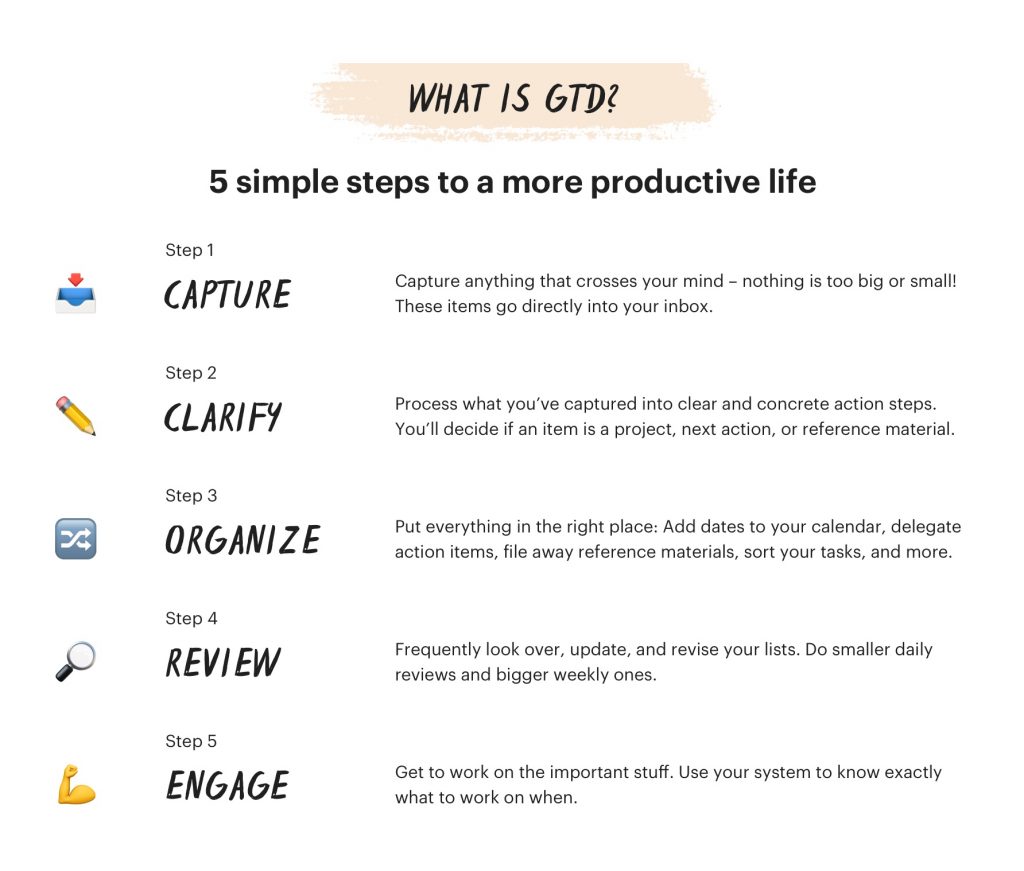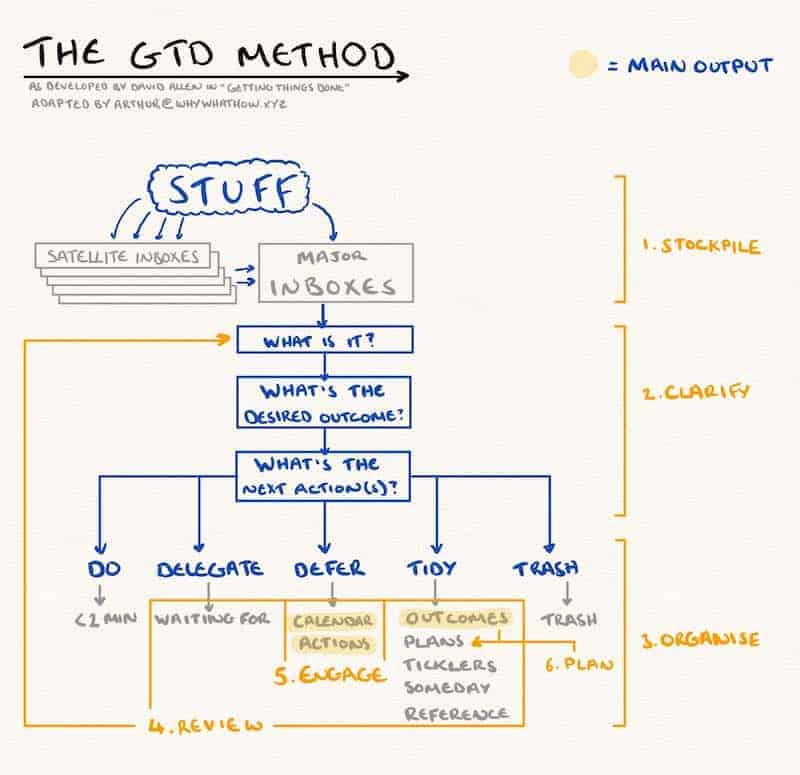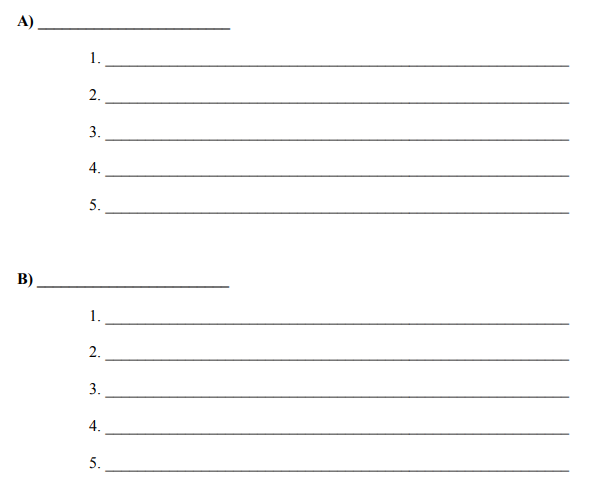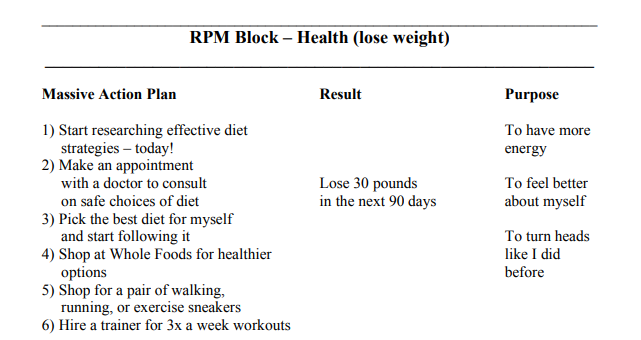In our previous contents, we have presented some time management and scheduling methods which may or may not be suitable for you. If you’re here now reading this, it might be that you’re still looking for the best time management method for you… and we hope we don’t fail you this time.
Many of us are handling multiple roles at the same time. This is because we might be trying to accomplish multiple goals or might be something that your current situation requires. Someone might be a teacher on the side while juggling his/her further studies at the same time. One may be a college student and a call center agent at the same time to fund his/her studies, or another might be a working mom. If you’re one or all of these, you sure are a busy individual and proper time management is an important skill to have.
In this article, let us explore on two (2) time management methods that best works on people playing multiple roles.
Getting Things Done Method
Getting Things Done (GTD) is a time management method created by productivity consultant David Allen. This method is very useful for people who feels overwhelmed by the number of tasks and things they need to keep track to and for those who has a lot of roles to play at work, school, and life in general. GTD lets you “dump all your mental clutter into an external system” then, organize and compartmentalize them into sections and level of importance. This is most helpful for you to avoid forgetting minor tasks and keeps you on the loop with the right things you need to do in the right times. This method does not suggest a specific tool to use. Instead, they encourage you to focus on your day-to-day habits to think about and prioritize work.
Here are the basic steps in using the GTD Method:

- Capture – capture any tasks that comes to mind no matter how big or small it is.
- Clarify – turn the things you’ve captured into clear and concrete actions and specify whether it is a project, next action, or reference.
- Organize – put everything in the right place by adding dates and sorting your tasks, files, and references.
- Review – update your list from time to time
- Engage – work on important tasks and know exactly what to work on when

Rapid Planning Method
The Rapid Planning Method (RPM) was developed by motivational speaker and business coach Anthony “Tony” Robbins. This method is separated into 3 sections also known as RPM: Results-oriented, Purpose-driven, and Massive Action Plan. Like GTD, this also serves as an external system which lets you prioritize your tasks, but this time based on its results and purpose. According to Robbins, this is to “maximize the results of your life and maximize your sense of fulfillment and joy”.
These are the steps in creating an RPM Plan:
- Capturing – like GTD, this refers to the tasks you have in your mind and listing it all down
- Chunking – fits the things you are committed to into a few categories and order
- Creating an RPM Block – the block refers to the areas of concern you have chunked in step 2
- Creating Fun, Empowering Roles – an optional step wherein you create an identity term that encourages you to do what you want and need to do per RPM block


The GTD and RPM Methods do not only teach you time management but also improves your productivity skills as well. Their proponents encourage us to not only treat these methods as mere methods but to also consider them as a way of life and system of thinking.
Have you decided what method you’ll be adapting? Let us know your thoughts in the comments!
List of Resources and Further Reads:

